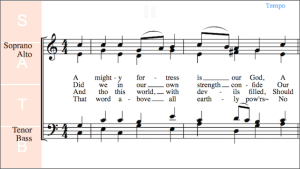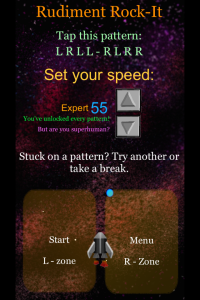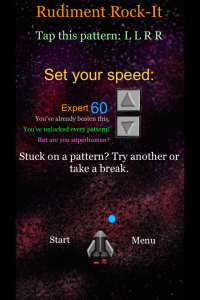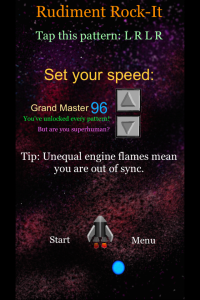Earlier this week, I announced on Facebook my plans to rewrite the How to Sing Harmony app (again). The main reason is that I made it nearly impossible to add more songs to the app. As more hymns enter into the public domain, I need to be able to easily add them in. (Or even better, I need to make it easy for you to add them in!) But besides that, there are several other reasons for doing this:
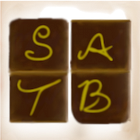 I am a much better programmer than I was two years ago. It’s a weakness many of us share that we feel the need to rewrite the same app over and over again.
I am a much better programmer than I was two years ago. It’s a weakness many of us share that we feel the need to rewrite the same app over and over again.- The user should be able to change the key.
- There should be a search field to filter the song list for easier selection.
- The sounds that aren’t piano aren’t that good. I want them to be better.
- The notation should be generated. Right now they are just a bunch of pictures (Thanks VexFlow!).
I am excited to get going on this project, and I need everyone to know that this is going to take a very long time. I’m hoping to be finished in time for Christmas, but no promises!
What Songs Should be Added First?
Research on hymns to add to the app has revealed a wonderful surprise! According this very interesting article on public domain dates, Great Is Thy Faithfulness will be going into the public domain at the end of this year! This will also mean that I will be able to re-release an arrangement I wrote several years ago. I ended up taking down when I realized that it violated the copyright. So if you are new here can look forward to that this coming January.
If you’d like to help add songs to the app, please leave your email address on the hymns app home page. Or to simply give me ideas on what public domain hymns you would like me/us to add in, just use the box below to post requests. Or reach out on the Facebook page.
If you know for sure about “Great Is Thy Faithfulness” going into the public domain at the end of this year, please let me know! I want to hear from you.


